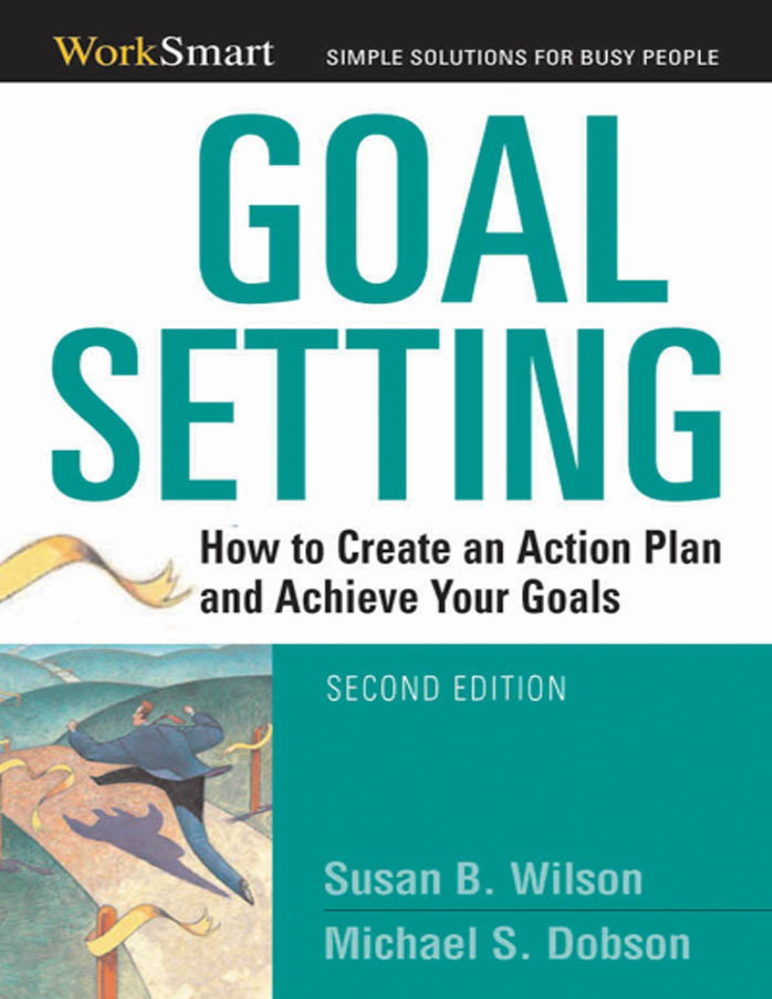Goal Setting Book summary
✨ Overview of 🌟
This book offers a methodical, practical road map for establishing and realizing important objectives. It helps readers overcome procrastination, focus on priorities, and remain committed by combining motivating psychology with practical planning strategies.
🔑 Fundamental Ideas and Techniques
1. 🎯 Why Objectives Count?
Objectives give drive, direction, and focus.
Those with well-defined goals often have better time management, more successful careers, and more satisfaction.
2. 🧭 Effective Goal Characteristics
Refer to the SMART framework:
Particular
Countable
Within reach
pragmatic
Time-bound.
Vague objectives like “get better at work” won’t motivate action; clarity is vital.
3. 😱 The Process of Goal Setting
List your priorities and values.
Imagine success—what does it feel and look like to reach the objective?
Divide it up into doable chunks.
Set deadlines and follow your development.
4. Psychological Instruments: 🧠
Stressing progress rather than perfection will help you fight procrastination.
Reinforce belief and focus utilizing positive affirmations and mental rehearsal.
Celebrate little victories to start a momentum.
5. 🛠️ Drafting an Action Plan
Every objective should entail
A declaration of intent
Action notes
An outline of events
Prospective obstacles and fixes
Success metrics
6. 🔄 Change and Resilience Life changes. Be adaptable.
Review objectives often and polish your plan.
From mistakes, learn; they are feedback rather than failure.
✅ Thought of conclusion
Wilson and Dobson remind us that decisions supported by dedication and structure define goals rather than dreams. This book helps you design a targeted and satisfying life by arming you with both the mental attitude and useful tools to go from intention to action.
